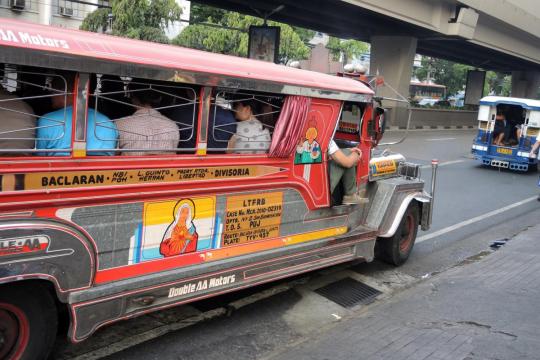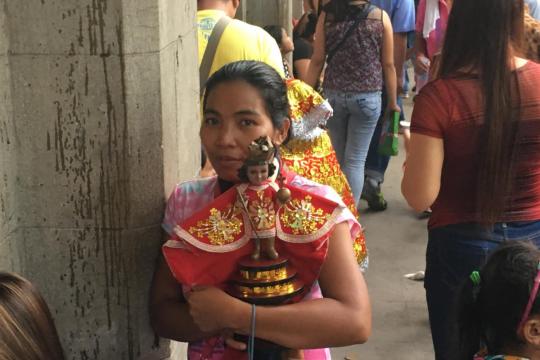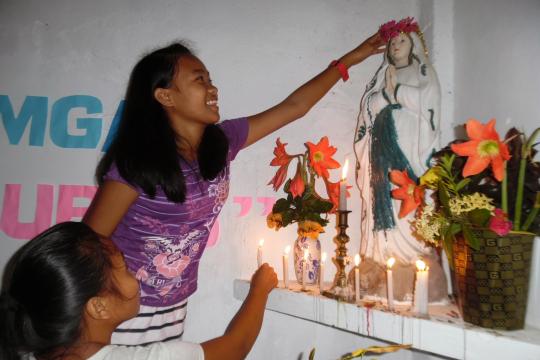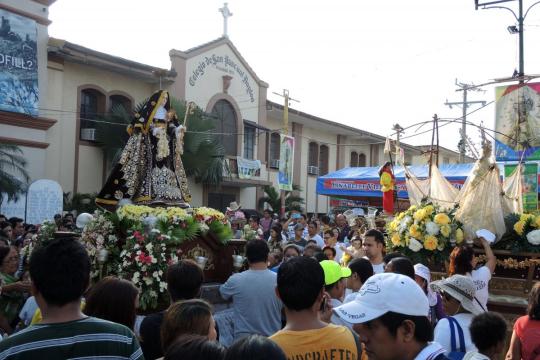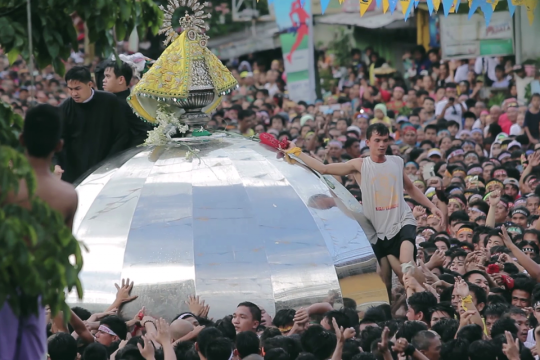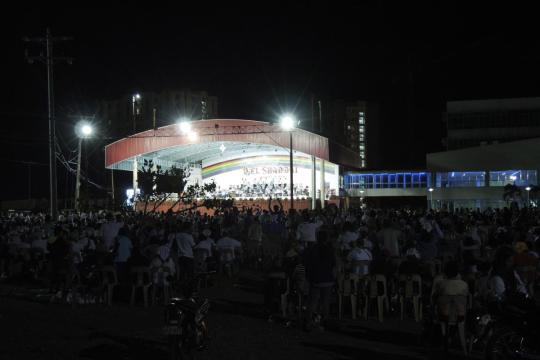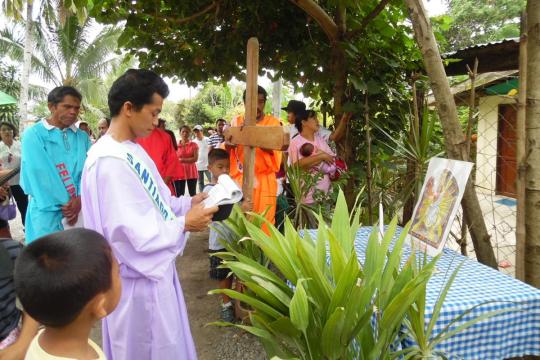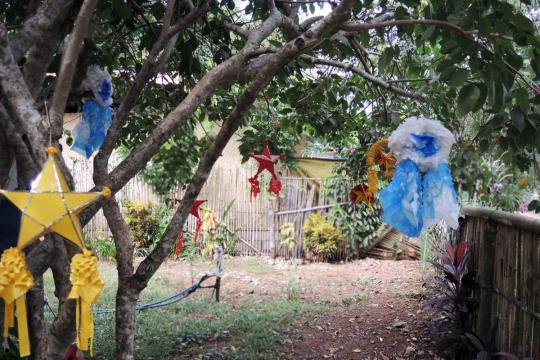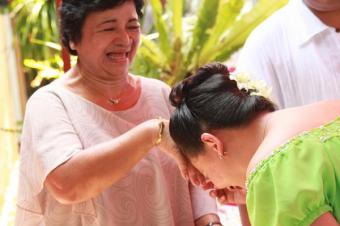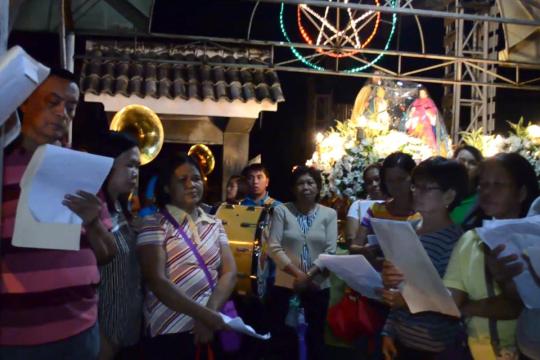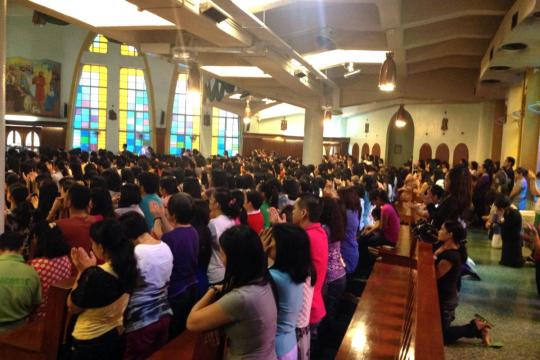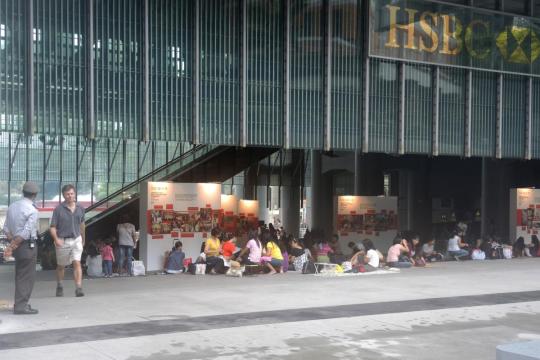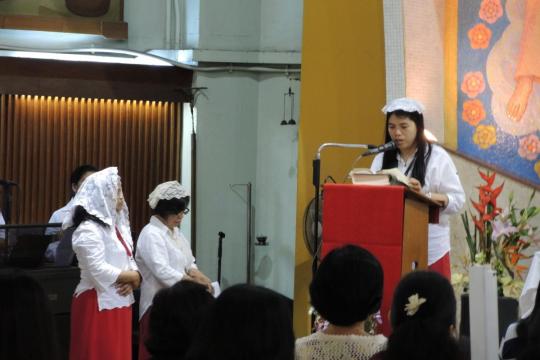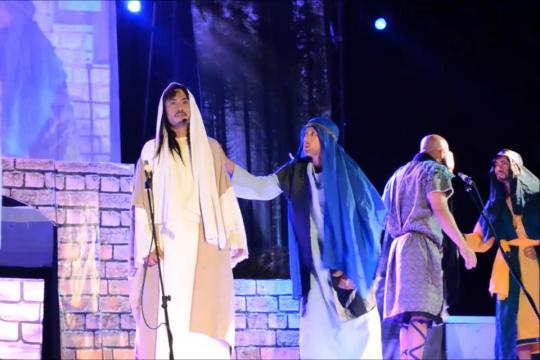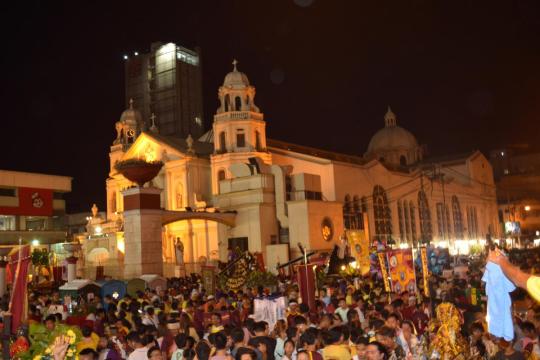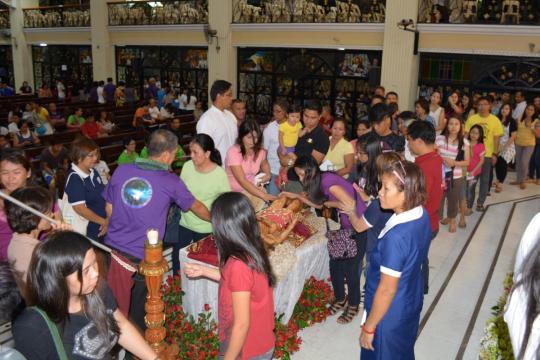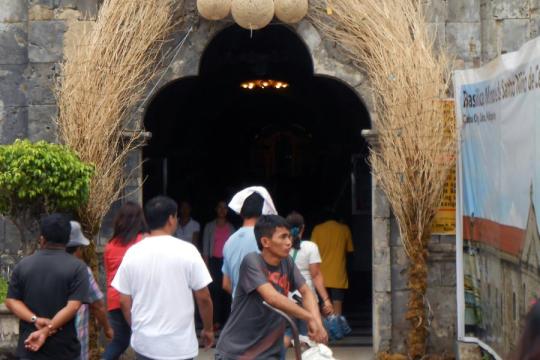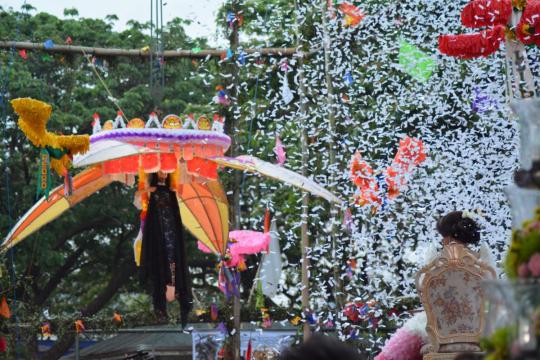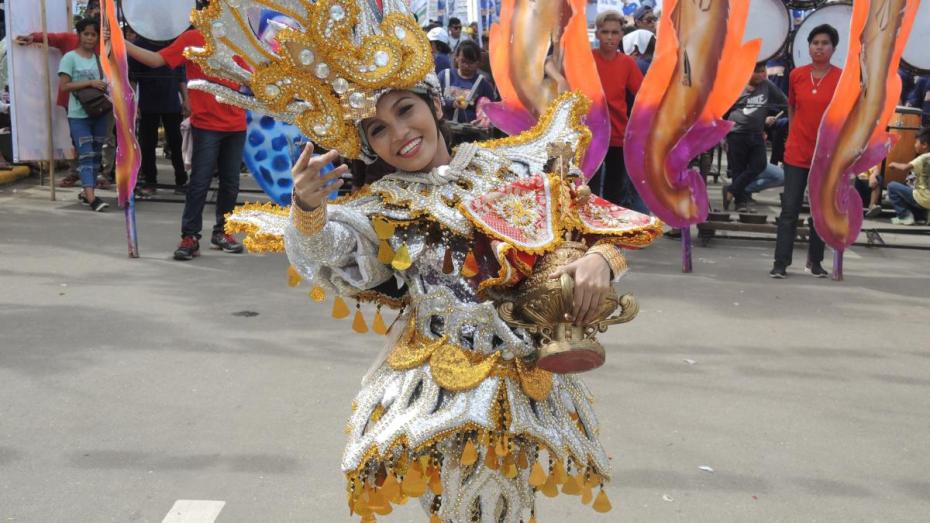
The third-largest Catholic population in the world is found in the Philippines, where Catholic practice is fervent and wide-ranging. The Philippines comprise more than 2,000 inhabited islands, and large islands often have multiple provincial and local cultures. Historically speaking, Filipino Catholicism is shaped by local indigenous practices, and by the Spaniards who conquered it in the 16th century and ruled it until the early 20th century.
Filipinos stand out for their devotional fervor. Filipino Catholic practice is unusually material and physical, even among Catholic cultures, built especially on devotions to Mary, the suffering Christ, and the Santo Niño (Holy Child), and on powerful celebratory and penitential rituals practiced and experienced in a wide variety of Filipino vernacular forms. Feasts like the Black Nazarene, which draws millions to the streets of Manila in January, the Simbang Gabi novena that precedes Christmas, and the month-long Flores de Mayo offering to Mary illustrate distinctively Filipino forms of devotion. Read more...
National Demographics
- 1 United Nations, Department of Economic and Social Affairs, Population Division (2018). World Urbanization Prospects: The 2018 Revision, Online Edition.
- 2 United Nations, Department of Economic and Social Affairs. Trends in International Migrant Stock: The 2015 revision.
- 3 United Nations Office of Drugs and Crime, Homicide Statistics 2015.
- 4 Transparency International, Corruption Perceptions Index 2016.
- 5 World Economic Forum, The Global Gender Gap Report, 2016.
- 6 UNICEF, State of the World's Children, 2016.
Catholic Demographics
These statistics are derived from the Vatican's official publication, Statistical Yearbook of the Church 2020 (Vatican City: Librera Editrice Vaticana, 2022). The numbers may differ from data reported by other sources on this site.
